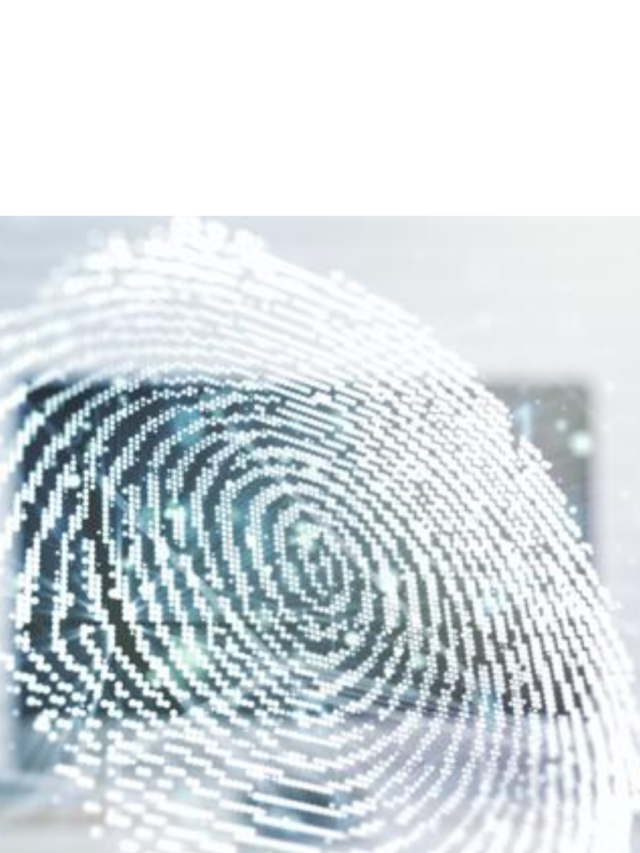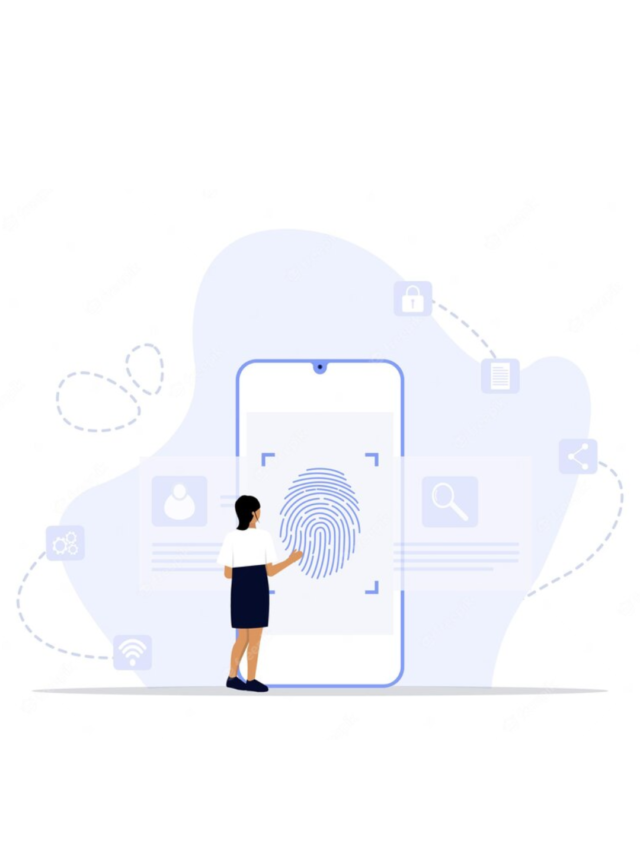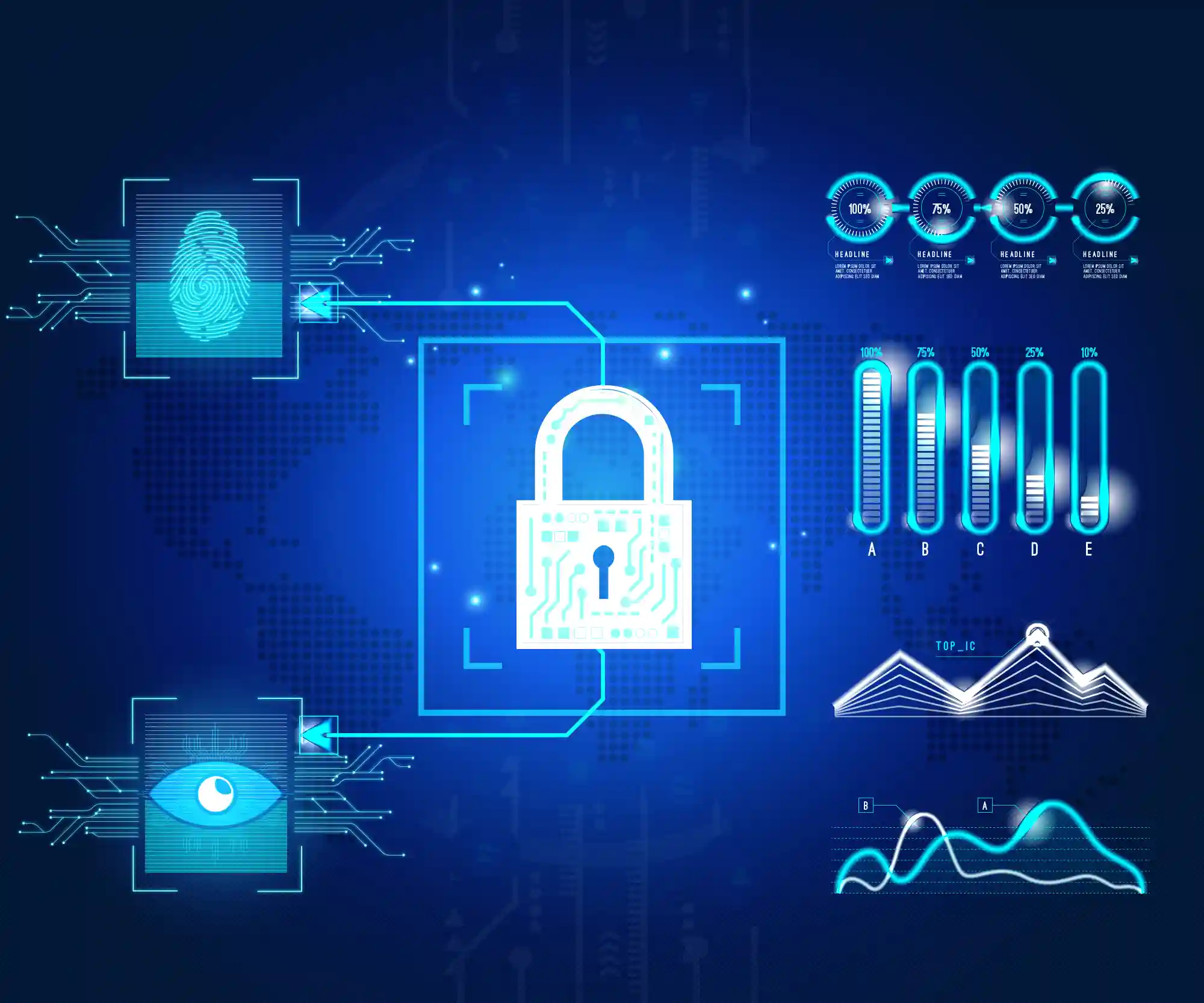
The onset of the Information Age has merged the worlds of technology and humanity into one massive digitised space. In the name of convenience, everything from government processes to regular everyday activities has been transformed into a digital bit to make things infinitely more accessible. Digital identities or digital IDs are arguably the most accurate representation of this global transformative period.
What are digital IDs?
A digital identity is a type of data that modern computers use to represent a person. Digital IDs can authenticate and verify the identity of a person or entity in online transactions. This representation makes it feasible for computers to mediate interactions while protecting users by keeping their identities safe online.
If you’re reading this article, it’s obvious you already have a digital identity. When computers first became available, setting up an email with a personalised password was all that was required to establish your digital presence. However, recent times have seen significant developments in terms of technological growth regarding digital identities.
One of these monumental developments is the use of technology to collect biometrics, blood tests, driver’s license, passport details, and other important information about the population on a large scale. As a result, data became better organised, and keeping track of each individual became simpler.
How are digital IDs used?
For personal use
Though most of us don’t realise it, we create multiple digital IDs throughout our lives. For example, every time we make a profile on a social media platform (Instagram, YouTube) or gaming platform (Steam, Xbox Live), we use digital IDs as stand-ins for ourselves. Another popular place that uses this type of digital identity is, to no one’s surprise, dating apps! Dating apps and websites work through algorithms that match people’s digital identities, consequently leading to authentic interactions between the people involved through chat features and the like.
This type of digital ID creation takes place through user-provided information. The user provides personal information, such as their name, date of birth, and email address, to create an account on a website or online service.
As credentials
The most obvious and universally acknowledged function of a digital identity is its use as a convenient personal identification system. These digital IDs are created using one of the following ways:
- Two-factor authentication: This method involves using a second form of authentication and a password to verify the user’s identity. This double authentication can include using a code sent to a user’s phone, a security token, or biometric authentication, such as a fingerprint scan.
- Public key infrastructure (PKI): PKI is a system for securely exchanging information over the Internet. It uses a combination of public and private keys to verify the identity of a user or entity.
- Blockchain-based identities: Blockchain technology can create decentralised digital identities that are secure and verifiable. By storing these identities on a blockchain, it is possible to authenticate the identity of a user in online transactions.
Common examples of digital IDs as credentials are social security numbers and driver’s licenses. In addition, a lot of countries use digital identities as tools to identify threats. For instance, if you were to relocate to another country, most countries would request documentation in the form of digital identification. Moreover, digital identities serve as the primary form of authentication for several finance-related operations, such as online transactions, cryptocurrency, etc.
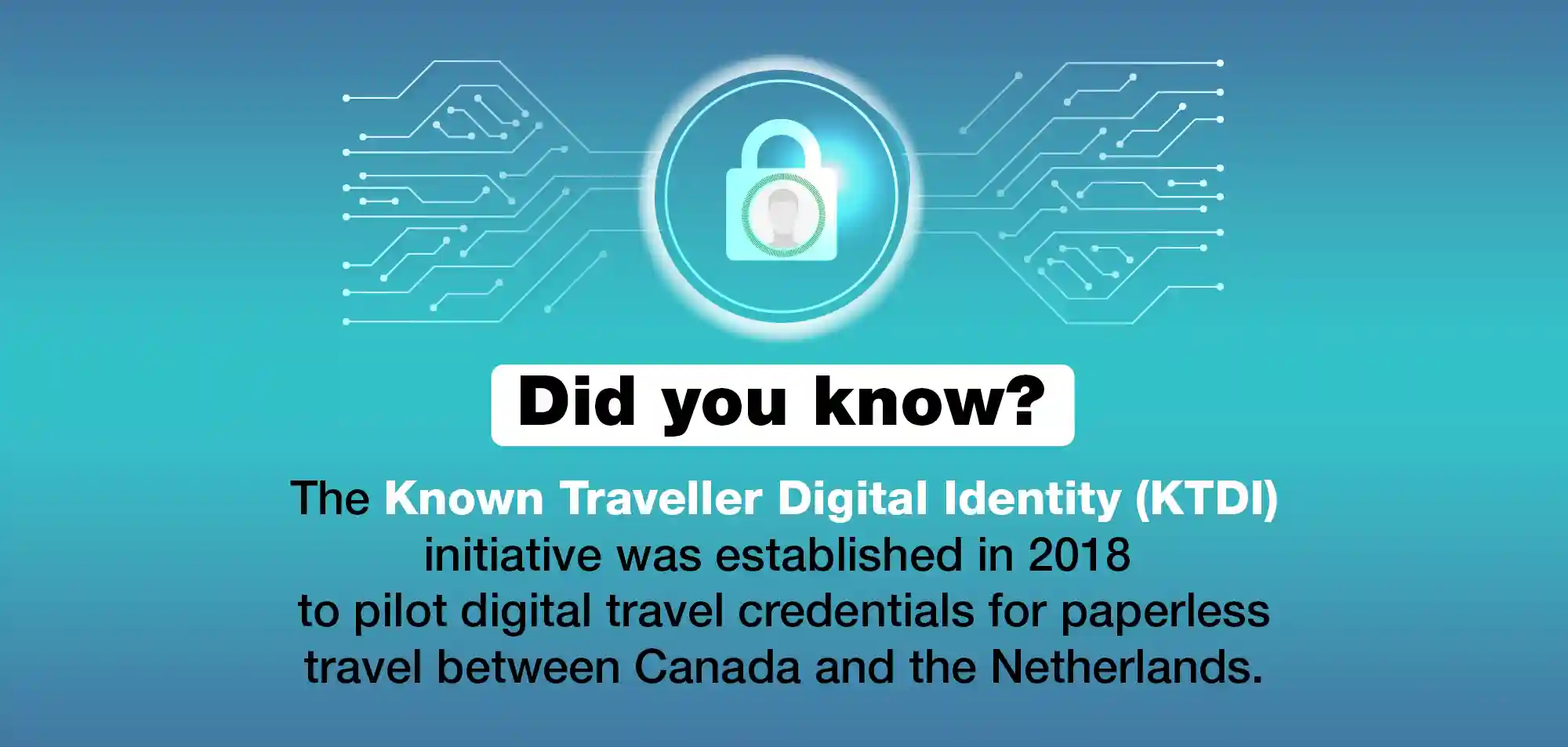
Transformational benefits of digital IDs
According to Deloitte’s 2019 Future of Cyber survey, digital identities lead to higher organisational efficiency and revenue. In addition, by decentralising digital identities, cost-cutting opportunities increase and smoother transactions and interactions become possible.
Now, official government-level institutions use more technology-driven tools and processes to make the identification and verification process more accessible. As a result, social and economic benefits can be rolled out to citizens more effectively and inclusively, who can unlock and avail them using their digital identities.
As mentioned previously, digital identities are available to a single person in multiple capacities. For example, most people have separate digital IDs for official identification, financial services, and personal use. In fact, it is difficult to use a single digital identity for all these purposes simultaneously. For instance, when creating an ID with a bank, the customer provides details that give the bank the guarantee that they are indeed dealing with that particular customer. In turn, the customer trusts that the bank’s security measures will protect their finances and identity. This example applies to every digital ID; there is a certain level of trust between the customer and the organisation through their digital ID.
Governments have also recognised the benefits of digital identification, particularly in countries with large populations where efficiency and speed are of utmost importance regarding official processes. A good illustration of this is India. The country developed Aadhaar, the world’s first and most extensive database of digital IDs. As a result, the Indian government has a database with biometric information of over 1.3 billion of its citizens. With this system, the government can monitor government workers, conduct elections, and survey the financial industry. Following India’s lead, other nations like Thailand and Indonesia are not far behind.
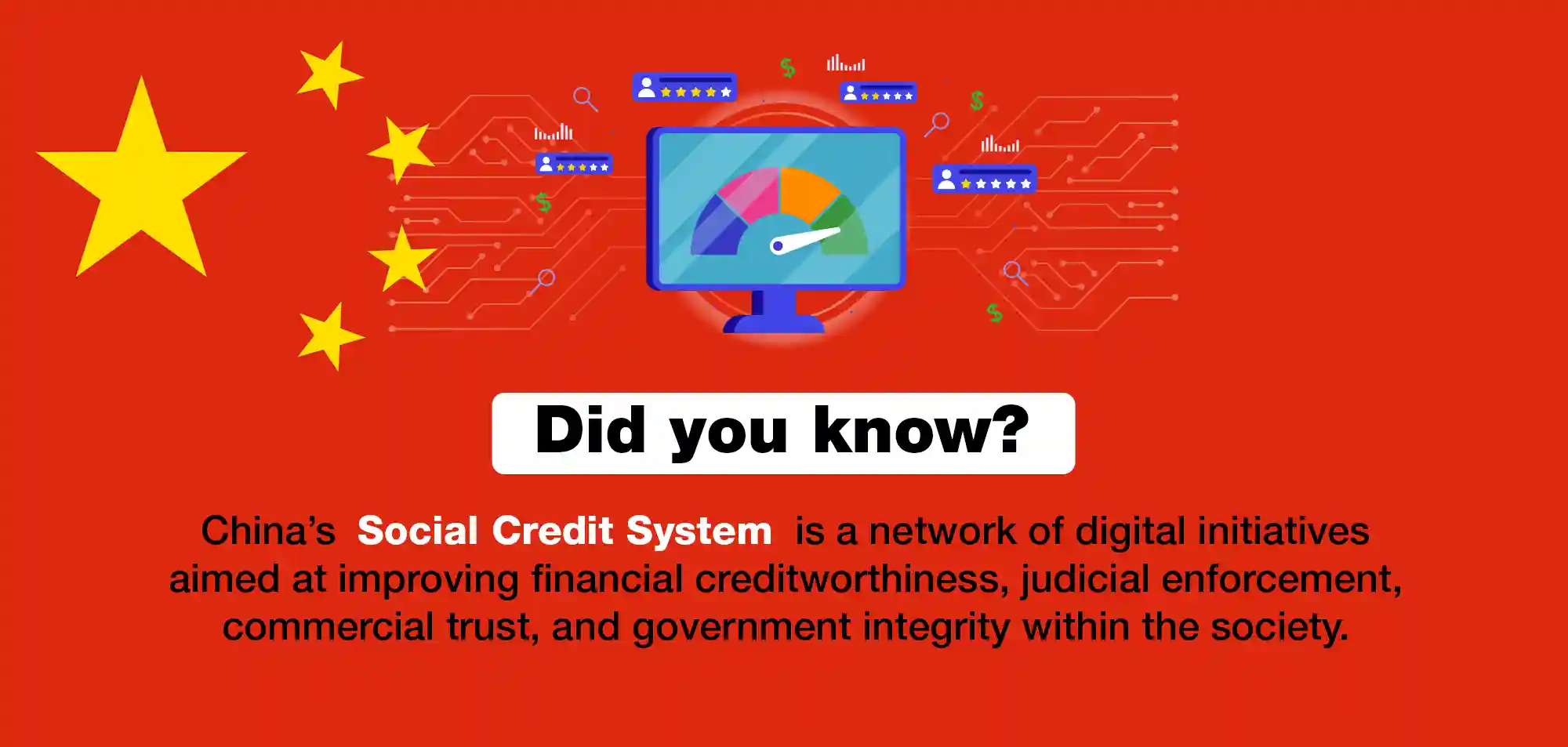
Risks and management of digital IDs
It goes without saying that these digital identities must be handled with a lot of vigilance and care, as most of them serve as your main form of identification. In addition, cyber crimes like identity theft and other social engineering techniques pose significant threats to the fragility of technology. Therefore, organisations taking charge of these digital IDs carry out various verification procedures to protect data and prevent fraud or theft. Unfortunately, these additional procedures are sometimes inefficient and time-consuming, especially for a single individual who handles multiple digital identities.
This inconvenience has led to the development of cyber security measures such as improved multi-factor authentication techniques to ensure data safety and thorough verification. In addition, streamlining the various processes during verification helps eliminate the inefficiencies of having multiple digital identities.
The future of digital IDs
Project ID2020, started by the United Nations in May 2016, is an incredible example of the future of digital identities. The UN began this initiative to give digital identification to every individual worldwide by 2030. The blockchain would store all of these digital identities securely, making it impossible for them to be stolen, destroyed, or forged.
Other countries are also using blockchain technology for their digital identity systems. For instance, Estonia is developing a blockchain system for storing personal data to support e-residency initiatives. Another example is Germany, which is in the last stages of developing a system that enables residents to maintain their national IDs on their mobile phones. Imagine how much more straightforward plane travel might be because of this technological development! Rather than standing in line for someone to verify your identity, you could use your digital ID at a smart border or scan your face for faster and simpler processing.
Though the concept of digital identities is not yet fully realised globally, it is undergoing constant technological transformations. Meanwhile, digital identities undeniably play a crucial role in the online world by enabling secure and verifiable online transactions and interactions.
